 22 September 2021
Telescope built by Karoo locals releases data to astronomers around the world
22 September 2021
Telescope built by Karoo locals releases data to astronomers around the world
... producing world-leading limits”. A second paper further elaborates on the implications of those upper limits for models of early universe star and galaxy formation. Nearly six years after construction began, the array stands at a total of 332...
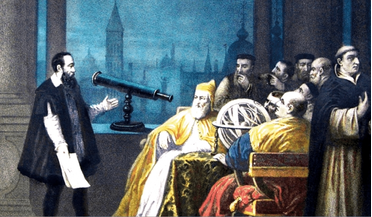 June 2019
Does the speed of light change with time?
June 2019
Does the speed of light change with time?
... Planck CMB data contain evidence of a cyclical cosmology? Dark energy not required A faster speed of light in the early Universe would explain the cosmic microwave background without inflated ideas Finally, a changing speed of light would solve...
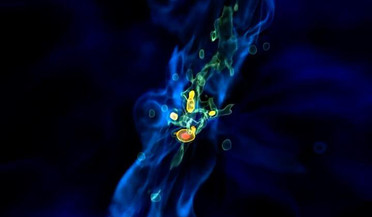 22 March 2017
Massive quasars can be powered by direct collapse black holes say scientists
22 March 2017
Massive quasars can be powered by direct collapse black holes say scientists
... for an unusual kind of black hole born extremely early in the Universe. Termed ‘direct collapse’ black holes (DCBHs), these... engines of luminous quasars found in the early epochs of the Universe. The simulations show that supermassive black holes...
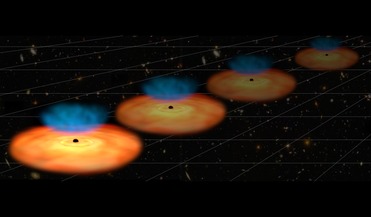 30 January 2019
New physics needed to explain early expansion of the Universe
30 January 2019
New physics needed to explain early expansion of the Universe
... compared with those calculated for large scale structures such as galaxy clusters based on CMB data in the early Universe, don’t match up. And as yet, there is no way to reconcile them or make them fit. “This model is quite interesting...
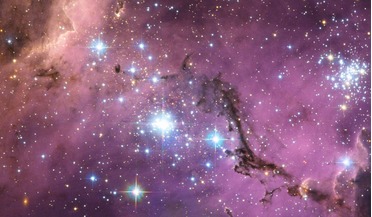 26 April 2019
As mystery of the Universe’s expansion rate widens, a simple solution is offered
26 April 2019
As mystery of the Universe’s expansion rate widens, a simple solution is offered
... is expanding today, as we see it. The other is a prediction based on the physics of the early universe and on measurements of how fast it ought to be expanding,” explained Reiss. “If these values don't agree, there becomes a very ...
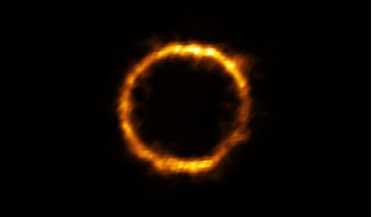 12 August 2020
Distant Milky Way look-alike is a breakthrough in the field of galaxy formation
12 August 2020
Distant Milky Way look-alike is a breakthrough in the field of galaxy formation
...after the late astronomer Arthur M. Wolfe, was found so early in the Universe, this proved to be something of a conundrum. Galaxy ...the most well-ordered galaxy disk ever observed in the early Universe, adds co-author Simona Vegetti, also from the Max ...